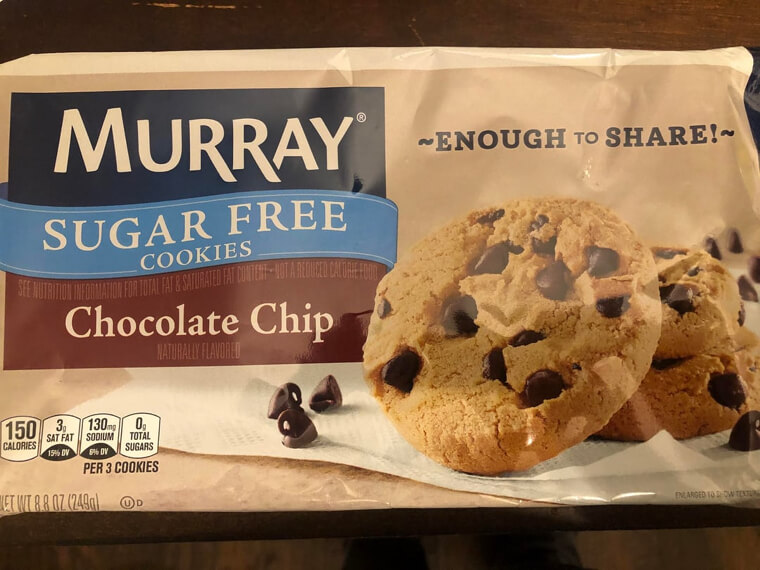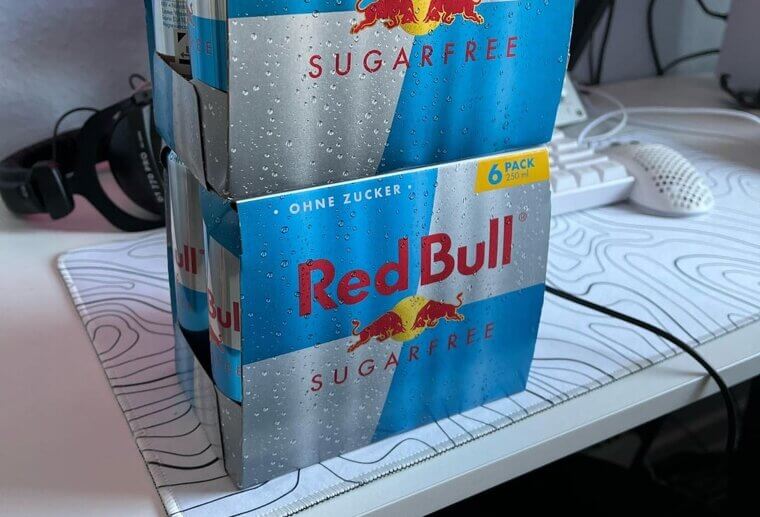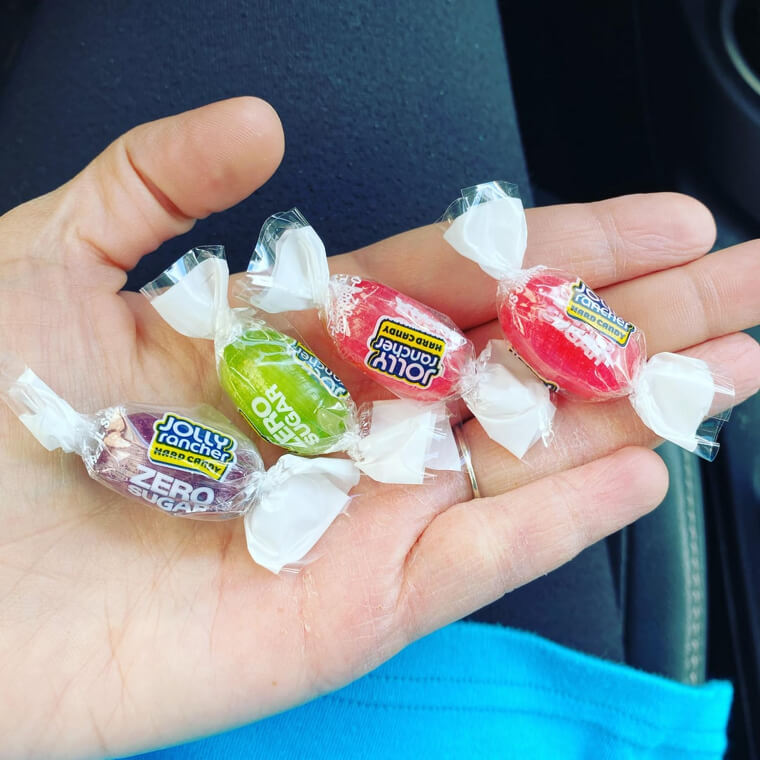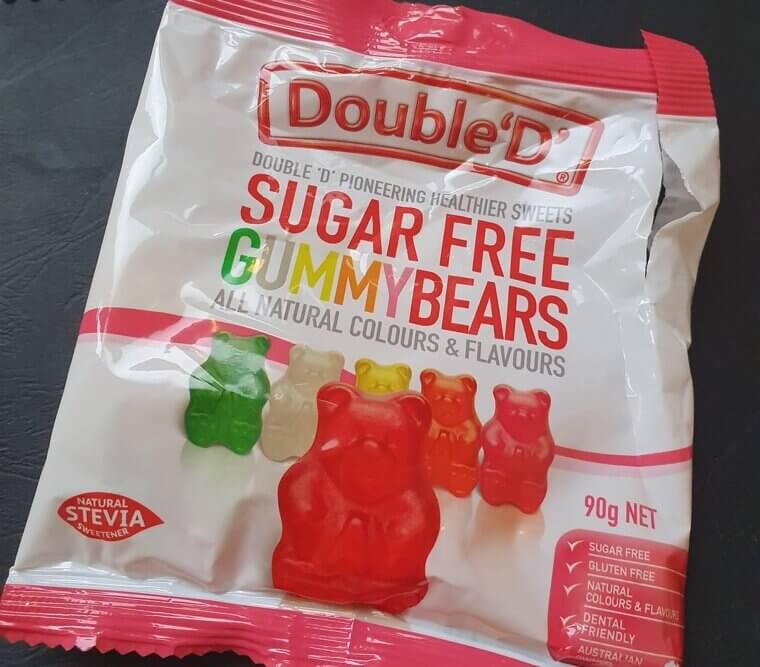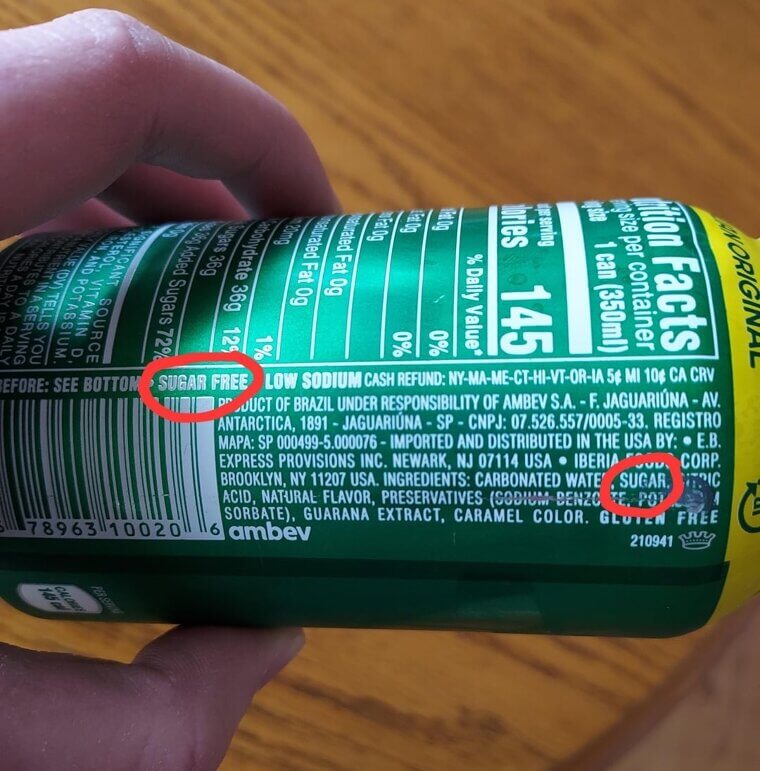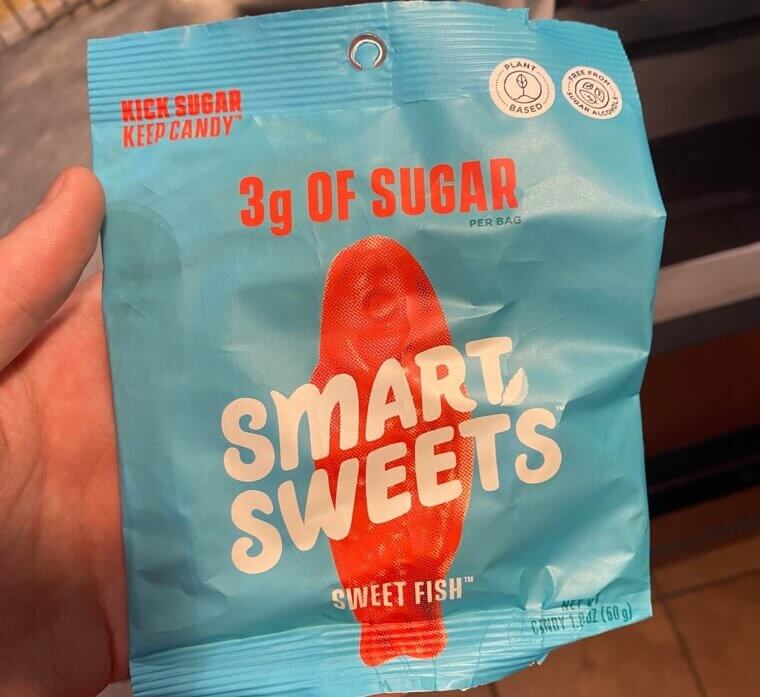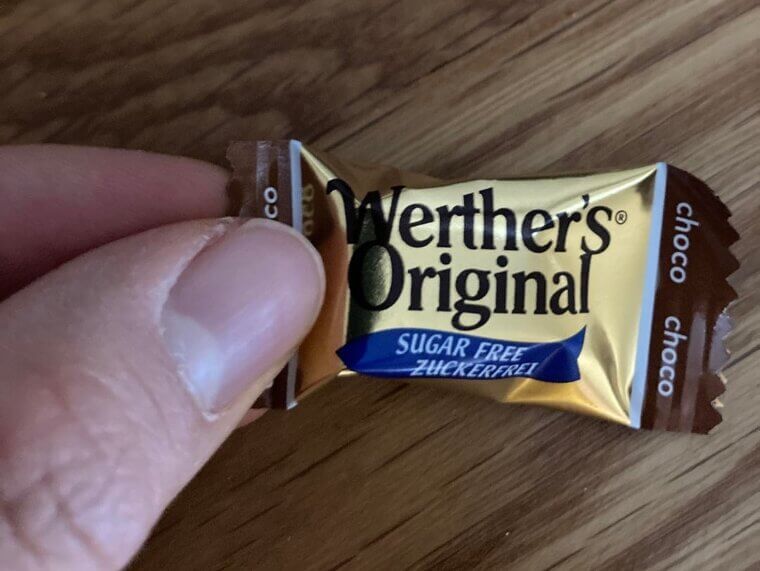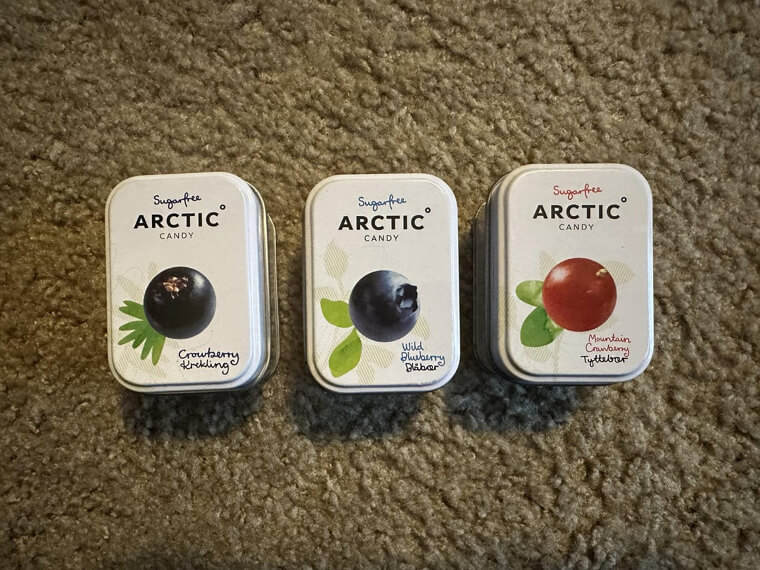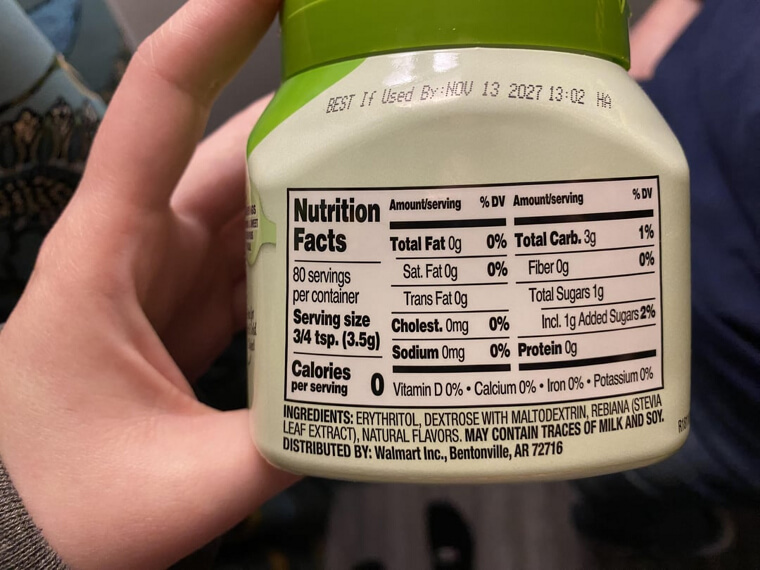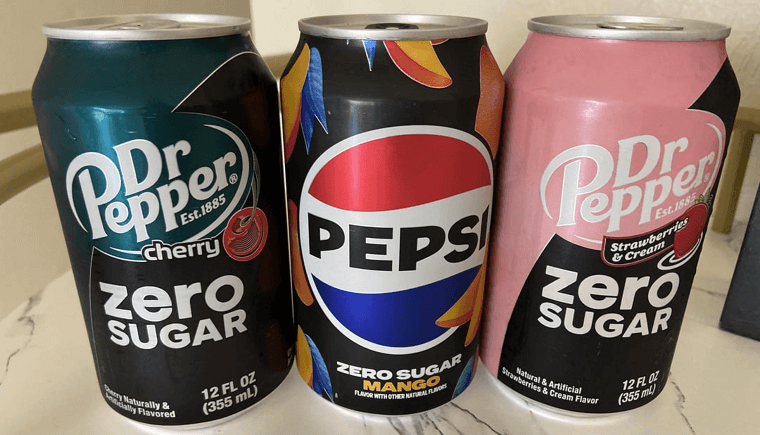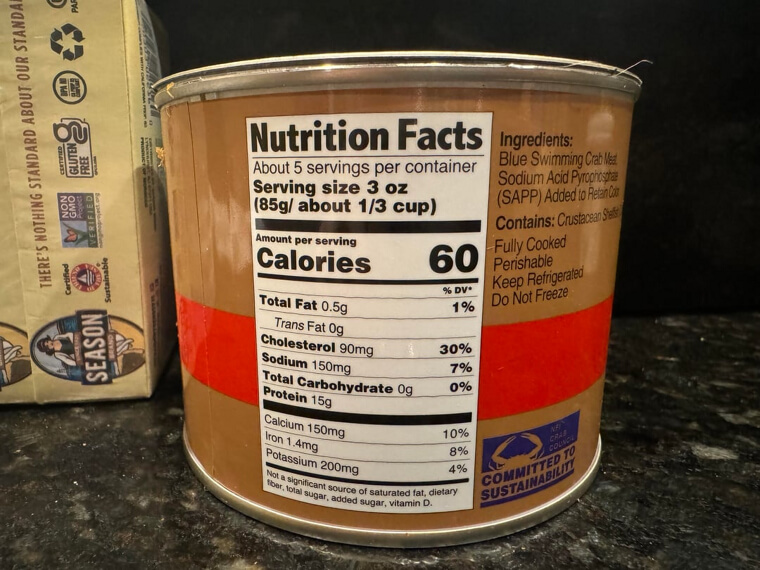Sugar-Free Does Not Mean Calorie-Free
It is easy to assume that “sugar-free” automatically equals healthy or low-calorie, but that is rarely true. Many sugar-free foods still contain fats, starches, or other ingredients that add plenty of calories. Some snacks even have more calories than their sugary counterparts because manufacturers add extra fats or thickeners to replace the sweetness. If you are trying to manage your weight, it is important to look at the calorie count as well as the sugar content. Always check the full nutrition label, not just the marketing on the front. A product might save you a few grams of sugar but add far more calories than expected. The goal should be balance, not elimination. Real sugar in small amounts can often fit into a healthy diet more easily than a calorie-heavy sugar substitute disguised as a “light” option.
Artificial Sweeteners Can Trick Your Taste Buds
Sugar substitutes can make foods taste sweet without adding real sugar, but they can also change how you experience flavor. Over time, your taste buds may become used to that intense sweetness and make naturally sweet foods like fruit taste less appealing. Some people also find that artificial sweeteners increase their cravings for sweets later in the day. That is because your brain senses sweetness but does not get the energy it expects, leading to mixed hunger signals. This does not mean you need to avoid sugar-free foods altogether, but it is good to enjoy them in moderation. Pay attention to how they affect your appetite. Your body’s cues are often more reliable than the “sugar-free” promise printed on a label.
Sugar Alcohols Can Cause Digestive Trouble
Many sugar-free candies, gums, and baked goods use sugar alcohols such as sorbitol, xylitol, or erythritol. These ingredients are lower in calories than sugar, but they do not always sit well with everyone. Sugar alcohols can cause bloating, gas, or stomach cramps if eaten in large amounts because the body only partially digests them. That is why some “sugar-free” treats come with a warning label about possible laxative effects. If you are new to sugar-free products, start with small portions to see how your body reacts. Some people tolerate them fine, while others find even a little uncomfortable. Reading the ingredient list helps you spot these additives before you stock up on something that might not agree with you.
Some Ingredients Still Raise Blood Sugar
The label might say “sugar-free,” but that does not mean it will not affect your blood sugar levels. Certain starches, flours, and sweeteners such as maltodextrin or dextrose can still raise glucose. Manufacturers sometimes use these ingredients to improve texture or flavor. The only way to know for sure is to check the total carbohydrates on the label, not just the sugar line. Carbs eventually break down into glucose whether or not they start out as sugar. Choosing foods with fiber or protein can help balance those effects. If you monitor your blood sugar, treat sugar-free products with the same attention you give anything else you eat. The label tells part of the story, but your body’s reaction tells the rest.
“No Added Sugar” Is Not the Same as “Sugar-Free”
The phrases “no added sugar” and “sugar-free” sound similar, but they mean different things. “No added sugar” only means that no extra sugar was put in during processing. The food can still contain natural sugars from ingredients such as fruit or milk. “Sugar-free,” on the other hand, means the product contains less than half a gram of sugar per serving. It is a small difference that can make a big impact on your choices. Reading carefully helps you understand what you are really eating. A “no added sugar” fruit snack may still be naturally sweet enough to affect your energy levels. Labels can be tricky, but once you know what each term means, it is easier to shop confidently.
Portion Sizes Can Be Misleading
A nutrition label might look healthy at first glance, but pay close attention to the serving size. Many sugar-free products list unrealistically small portions, making their numbers seem better than they are. For example, a label might say a cookie has only two grams of carbs, but that “serving” could be half a cookie. Most people eat more than that without realizing it. If you multiply the calories and carbs by how much you actually eat, the numbers tell a different story. It is an easy trap to fall into, especially when packaging says “guilt-free.” Understanding portion sizes helps you keep things in perspective. There is no need to give up sugar-free foods completely, but it is worth checking whether that tiny serving matches real-life habits.
Hidden Sugars Have Many Names
Even on sugar-free products, you might still find small amounts of sweeteners that are technically sugars under different names. Ingredients such as cane juice, fruit concentrate, malt syrup, or agave are all forms of sugar, even if they sound healthier. Manufacturers sometimes use several kinds in small amounts to keep each one lower on the ingredient list. Learning to recognize these aliases helps you make better choices. If sweetness appears more than once in the ingredients, the product may not be as “free” as it claims. Being label-savvy does not mean giving up treats; it just means knowing what is really in them. The more you recognize sugar’s many disguises, the easier it becomes to shop with confidence.
Marketing Words Can Be Misleading
Terms like “light,” “diet,” or “fit” often appear alongside “sugar-free,” but they do not mean the same thing. Many brands use these words to make products sound healthier than they are. A “diet” drink may still have artificial ingredients that affect your appetite, and a “light” snack might just be smaller in size, not better for you. The best way to judge a product is by reading the full label instead of relying on the buzzwords on the front. Marketing plays a big role in shaping how people view health foods, but the fine print always tells the truth. A product that truly fits your goals should look as good on the back as it does on the front.
Natural Sweeteners Are Not Automatically Better
Sweeteners like honey, agave, and maple syrup often get marketed as healthier alternatives, but they are still forms of sugar. They may contain trace minerals or antioxidants, but they raise blood sugar much like regular sugar does. Some “sugar-free” foods even include these natural sweeteners for flavor balance, which can be confusing. While natural options may feel more wholesome, moderation still matters. Replacing one type of sugar with another rarely makes a big difference if the portions stay large. The best approach is to enjoy sweets- natural or not- in small, satisfying amounts. Knowing what each sweetener really does helps you find balance without feeling restricted.
Labels Cannot Measure How You Feel
Nutrition labels provide useful facts, but they cannot tell you how a food will make you feel. Two people can react very differently to the same sugar-free snack. Some find that it keeps cravings away, while others feel hungrier later. Paying attention to your body’s response is just as important as reading the fine print. If a product upsets your stomach, increases cravings, or simply does not taste right, it is okay to move on. The goal is not to avoid sweetness altogether but to find balance that feels natural. Labels can guide you, but your own experience is the best teacher.
Conclusion: Reading Beyond the Label
“Sugar-free” foods can be convenient and helpful in moderation, but their labels often tell only part of the story. Marketing language, serving sizes, and hidden ingredients can easily mislead even careful shoppers. By reading closely and paying attention to how these products actually make you feel, you can make choices that work for your body rather than for a brand’s promise. The goal is not to avoid sweetness altogether but to stay informed and balanced. A little label awareness goes a long way toward a healthier, more mindful approach to eating.

